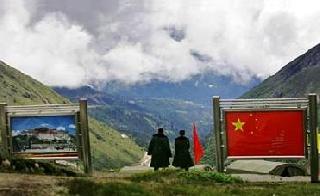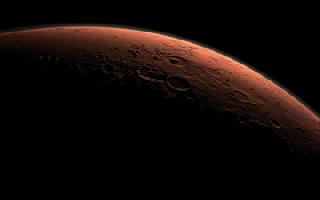
A file photo.
WASHINGTON (PTI): Planets orbiting the scattered stars around the Milky Way may be even more hospitable to life than the Earth, according to researchers.
According to a new study by Ohio State University, any planets orbiting those stars may very well be hotter and more dynamic than Earth.
The interiors of any terrestrial planets in these systems are likely warmer than Earth by up to 25 per cent, which would make them more geologically active and more likely to retain enough liquid water to support life, at least in its microbial form.
Researchers studied eight "solar twins" of the Sun that very closely match it in size, age, and overall composition in order to measure the amounts of radioactive elements they contain.
Those stars came from a dataset recorded by the High Accuracy Radial Velocity Planet Searcher spectrometer at the European Southern Observatory in Chile.
They searched the solar twins for elements such as thorium and uranium, which are essential to Earth's plate tectonics because they warm our planet's interior.
Plate tectonics helps maintain water on the surface of the Earth, and hence, the existence of plate tectonics is often taken as an indicator of a planet's hospitality to life.
Of the eight solar twins they've studied so far, seven appear to contain much more thorium than our Sun -- which suggests that any planets orbiting those stars probably contain more thorium, too.
That, in turn, means that the interior of the planets are probably warmer than ours, the researchers said in a statement.
For instance, one star in the survey contains 2.5 times more thorium than our Sun, said Ohio State researcher Cayman Unterborn.
According to the measurements, terrestrial planets that formed around that star probably generate 25 per cent more internal heat than Earth does, allowing for plate tectonics to persist longer through a planet's history, giving more time for life to arise.
"If it turns out that these planets are warmer than we previously thought, then we can effectively increase the size of the habitable zone around these stars by pushing the habitable zone farther from the host star, and consider more of those planets hospitable to microbial life," said Unterborn.
"At this point, all we can say for sure is that there is some natural variation in the amount of radioactive elements inside stars like ours," he added.
 Previous Article
Previous Article Next Article
Next Article












The Indian Air Force, in its flight trials evaluation report submitted before the Defence Ministry l..
view articleAn insight into the Medium Multi-Role Combat Aircraft competition...
view articleSky enthusiasts can now spot the International Space Station (ISS) commanded by Indian-American astr..
view article